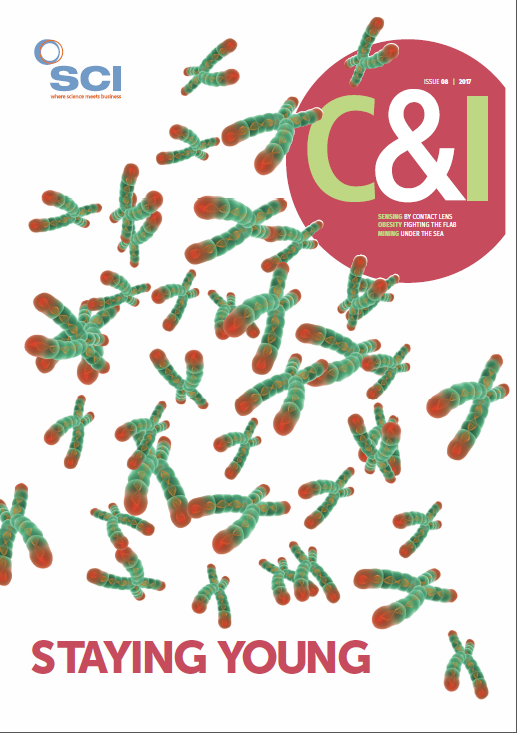The imperative to raise agricultural productivity has never been more urgent. Every year the amount of available land around the world on which to grow food is shrunk by a further 12m ha. Since 1950, the per capita land area for growing food has diminished from 0.52ha to around 0.16ha per capita today.
Yet a growing public mistrust of science threatens to railroad efforts to develop the very innovations needed to tackle this looming crisis, say food and agriculture experts.
‘We live in a post-truth era,’ said Bayer Crop Science Division President Liam Condon. ‘Populism and political popularisation endanger modern science. Well established scientific facts are questioned by people who prefer to believe in rumours and emotional campaigns.’
A recent Bayer initiated survey found that 92% of 10,000 people surveyed in 10 countries believe food innovation is an urgent issue, said global head of R&D Adrian Percy. However, 62% and 73% think GMOs and pesticides, respectively, should be banned, while 67% are uncomfortable with the use of digital technology in agriculture.
‘Societal acceptance is key,’ Percy said. ‘The future of food depends on a stronger bond between agriculture and society.’
Percy pointed, for example, to initiatives like Bayer’s AgVocacy programme, which helps train industry stakeholders to explain their work to consumers, and to agriculture education programmes such as BayLabs and the global Youth Ag-Summit, as important platforms for engagement and dialogue with consumers.
He also reiterated a commitment to make safety-related study data publicly available online. Information used in the registration process for many of the company’s active substances will be posted on a newly created Bayer web portal from the end of 2017. In future, users will also be able to request access to full in-depth safety-related study reports.
‘We want everyone – from the general public to members of the scientific community – to be able to access the information they want in a way that’s fast and easy to understand,’ Percy said. ‘We also want the public to understand how and why we perform safety studies. This is a great opportunity for a beneficial dialogue with the public.’





